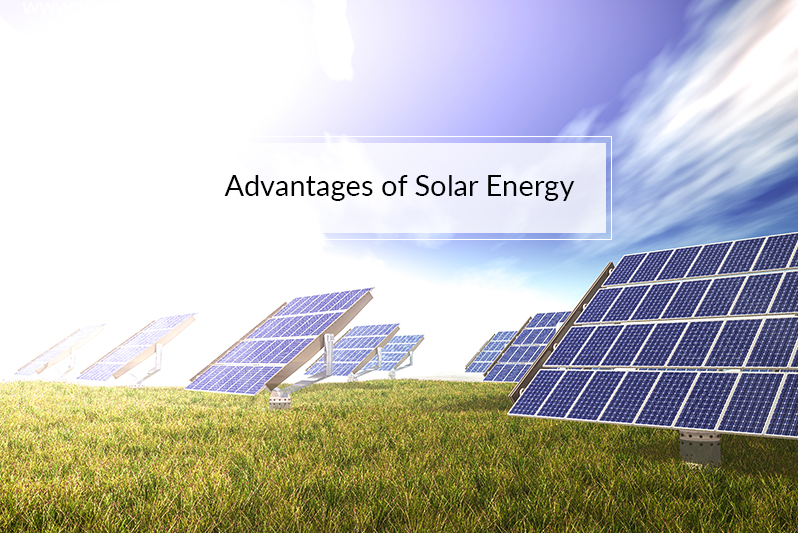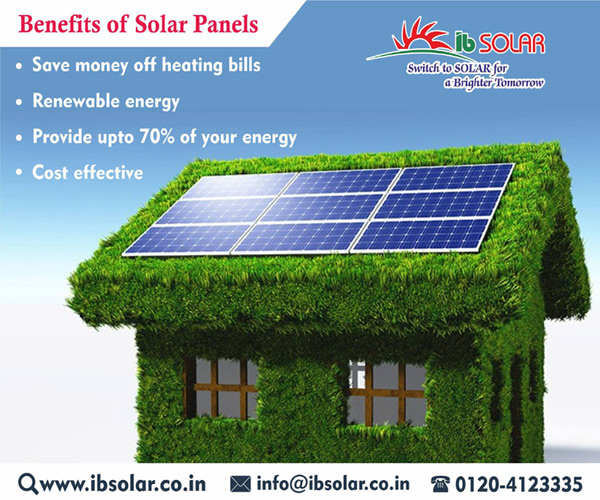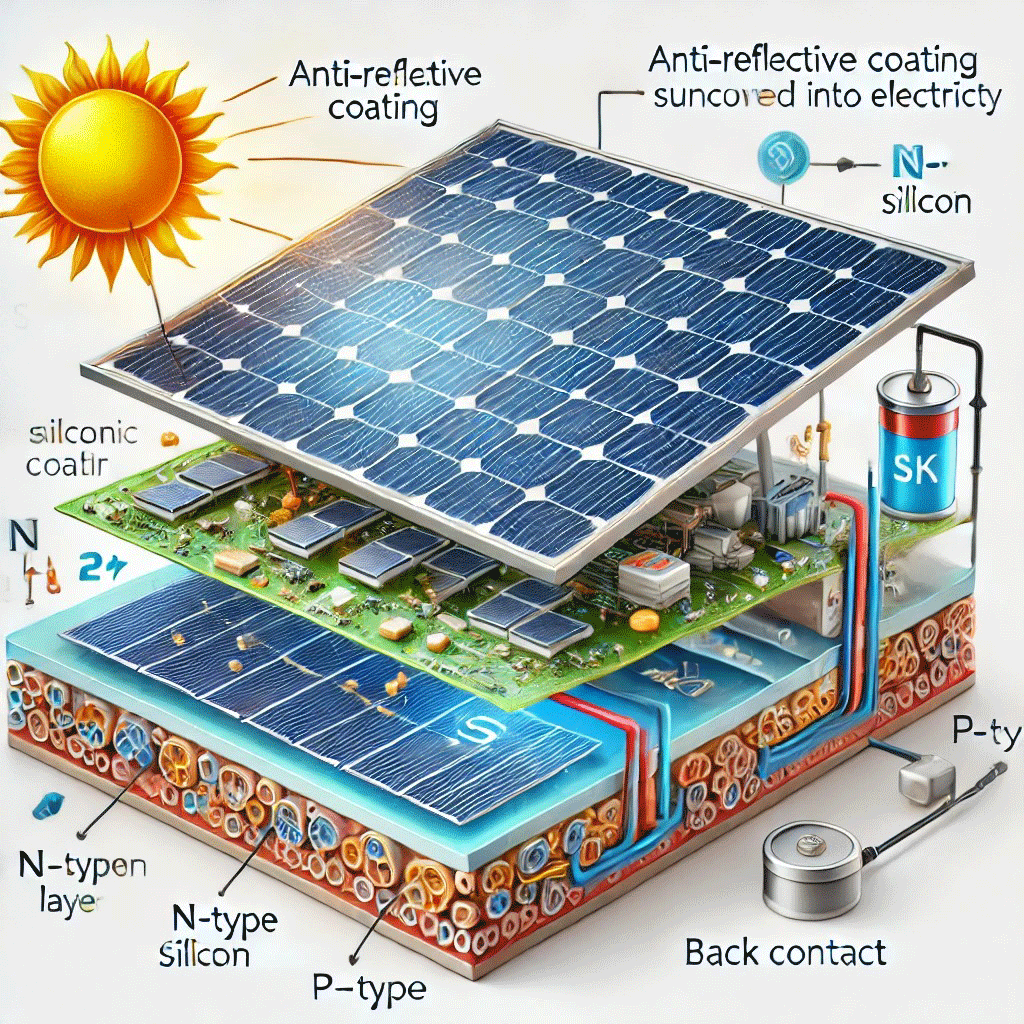Cut Down Energy Bills with Simply Solar Illinois – Learn About Your Choices
Cut Down Energy Bills with Simply Solar Illinois – Learn About Your Choices
Blog Article
Solar Energy 101: A Novice's Guide to Sustainable Power Solutions
As the globe progressively shifts in the direction of sustainable energy remedies, comprehending the fundamentals of solar energy ends up being vital for both individuals and businesses. This overview offers a comprehensive overview of solar power, outlining the various systems readily available and the systems behind their operation. By discovering the advantages of solar technology, together with the financial incentives and installment processes, one can gain a more clear point of view on just how to successfully integrate this eco-friendly resource right into their power strategy. Nonetheless, the journey towards adopting solar energy welcomes further assessment of the challenges and considerations that feature it.
Comprehending Solar Power
At its core, understanding solar power entails grasping the basic concepts of just how sunshine can be converted into usable electricity. Solar power is acquired from the sunlight's radiation, which can be used via numerous modern technologies.

Understanding solar energy also involves acknowledging its environmental benefits. By using sunlight, we can reduce greenhouse gas discharges and decrease air pollution, contributing to a much more sustainable future. The improvements in innovation and effectiveness of solar systems remain to improve their practicality, making solar power a progressively appealing option for global power requirements.
Types of Solar Energy Systems
Various sorts of solar energy systems are commonly used to harness solar power for electricity generation. The key classifications consist of solar (PV) systems, concentrating solar energy (CSP) systems, and solar thermal systems.
Photovoltaic systems make use of solar panels made up of silicon cells that convert sunshine straight into electricity. These systems are flexible and can be mounted on rooftops, ground places, or integrated right into building materials.
Focusing Solar Power systems, on the various other hand, utilize mirrors or lenses to concentrate sunlight onto a tiny area, producing warmth that drives a steam wind turbine to produce electrical energy - Simply Solar Illinois. CSP systems are generally released in large power plants and need straight sunlight, making them less ideal for cloudy regions

Each type of solar energy system has its special qualities, applications, and viability depending upon geographical place, energy requirements, and budget, making it vital to examine options based upon specific situations. - Simply Solar Illinois

Advantages of Solar Power
Using solar power with different systems not only provides a lasting means to create electrical energy however likewise provides a multitude of benefits. Among one of the most considerable advantages is the decrease in greenhouse gas exhausts, adding to a cleaner environment and combating environment adjustment. Solar energy is sustainable, meaning it is inexhaustible and readily available as long as the sunlight shines, unlike nonrenewable fuel sources, which are limited and depleting.
Moreover, solar power can cause significant cost financial savings over time. Property owners and organizations can reduce their electricity expenses dramatically, and in a lot of cases, they might gain credit scores for excess power generated via internet metering. Additionally, the solar sector creates tasks, from manufacturing to installation, promoting neighborhood economic situations.
One more engaging benefit is power independence. By creating their own electrical energy, individuals and neighborhoods can reduce reliance on exterior energy resources, boosting resilience versus fluctuating energy rates and supply disruptions. Solar power systems require very little upkeep, making them a convenient choice for lasting power generation.
Installation Refine Overview
The setup process for solar energy systems typically includes numerous essential actions that guarantee efficient assimilation into a building. Initially, a detailed website assessment is carried out to review the roof's orientation, shielding, and architectural honesty, which are critical to optimizing photovoltaic panel efficiency. Following this evaluation, the style phase commences, where a tailored solar energy system is configured based on the property owner's energy requirements and preferences.
When the style is completed, the needed licenses and approvals are acquired from regional authorities, making sure conformity with laws. The real installation involves mounting the solar panels on the roof or ground, linking them to an inverter, and incorporating the system with the residential or commercial property's electrical configuration. This phase might likewise involve setting up battery storage space systems, depending on the design.
With the installment total, the solar power system can begin creating renewable energy, adding to sustainability and decreasing energy costs. This visite site organized approach makes try this out certain that solar systems are both effective and reliable, optimizing their lasting benefits.
Financial Motivations and Savings
Exploring the financial incentives and cost savings connected with solar power systems can dramatically boost the allure of making the switch to renewable power. One of the most notable incentives is the federal solar tax credit report, which permits home owners to subtract a percent of their solar system installment costs from their government tax obligations.
Along with tax credit reports, lots of states provide rebates that can better lower upfront costs. Some utility business additionally offer performance-based incentives, satisfying solar power production gradually. Financing alternatives, such as solar car loans and leases, allow consumers to mount systems with little to no deposit, making solar energy much more accessible.

Long-lasting financial savings are another important variable. By generating their own power, homeowners can substantially lower or even eliminate their regular monthly power costs. Additionally, solar systems can enhance residential or commercial property values, supplying a strong roi. On the whole, the mix of incentives and cost savings makes solar power an economically appealing choice for lots of households.
Conclusion
In final thought, solar power represents an essential element of lasting power remedies, giving a path toward lowered carbon impacts and boosted ecological security. The diverse kinds of solar power systems, combined with considerable monetary incentives, help with wider adoption amongst individuals and communities. Understanding the installment procedures and benefits connected with solar energy empowers stakeholders to make enlightened choices. Eventually, the shift to solar energy not just cultivates environmental obligation but also advertises financial her explanation cost savings and energy independence.
Report this page